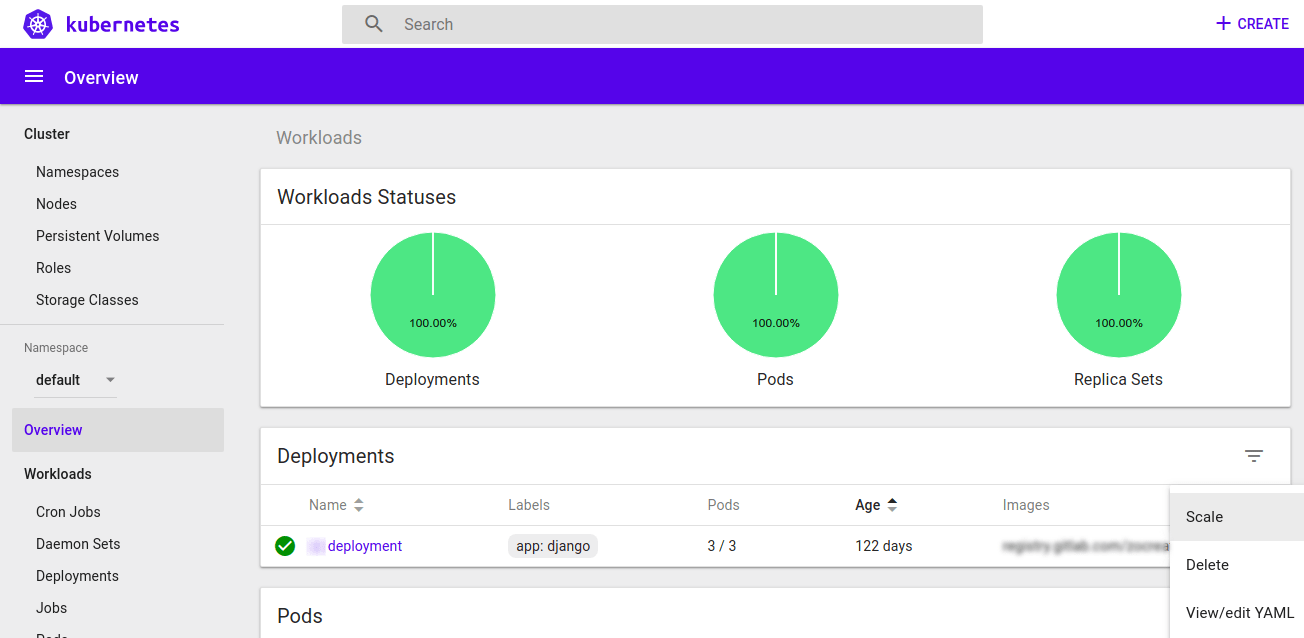
There are always new trends and ideas in the world of business. Many of these focusing on optimizing efficiency, saving time, streamlining processes and things of that nature. One trend that has been catching steam and growing recently is DevOps.
DevOps is essentially combining the development and operations departments of a software company. It aims to speed up development, improve the quality of development and allow for continuous delivery.
However, implementing DevOps and using it successfully isn’t always straightforward. With that in mind, this article is going to go over 5 effective DevOps practices you should be sure to follow in order to get the best results.
(via: https://pixabay.com/illustrations/cyber-security-protection-technology-3400657/)
Security has long been important for companies of all sizes. However, this is more true now than ever. Hacks and data breaches are unfortunately rising, and can cost your company millions. While speed and continuous delivery are important, don’t forget about security.
Have security measures in place to protect data and information, and use application logging and monitoring to always be kept in the know about your systems. Click here to learn more about application logging and how it can help you. Also, be sure not to sacrifice testing for speed of updates or releases. Everything still needs to be tested ahead of time before its release to make sure it is ready for the public.
For DevOps to work, you need to be able to have everyone on the same page. The people and culture of your company can be the biggest indicator of the success or failure of your DevOps strategy. It relies on things like cooperation, teamwork and a willingness to deal with change.
DevOps is a big change for many companies, and some may not like it. So be sure to be open and honest with everyone, and to answer their questions. The more you tell them about the benefits and reasons for the change, the better. Your company could have the best tools and plans on the planet, but if the teams and coworkers cannot work together to implement them, your efforts will fail.
Of course, DevOps is also about the tools. Businesses are more technological than ever and many rely on several tools to operate successfully. There are several DevOps tools out there that can make it easy to track changes, manage updates and assist with delivery. Be sure to perform your own research on which tools are the best for your needs.
In particular, you should be considering tools that can help you automate certain functions and processes. Automation will reduce the work your employees need to do, save time, save money and allow for seamless delivery and development. A great use for automation is testing, to ensure it gets done, but gets done quickly and effectively.
When you learn of the potential benefits of DevOps, it can be easy to want to dive right in and get started, however, be sure to take it slow. Diving in without doing your research and planning is a recipe for disaster. Not only that, but be sure to plant the seeds within your company and don’t just shock everyone with a huge change like this.
It is a good idea to start small, and then scale up once you are able to handle it and see the benefits. Start out a few teams on DevOps, before you roll it out to everyone. Taking it slow will show off the benefits and help other team members to embrace the changes, as well.
Once you have implemented your DevOps practices, your work is not done. You need to be sure to measure your success and keep track of how things are going. Without actually looking at the numbers, you won’t be able to judge how well you have adopted DevOps practices.
There are several different key performance indicators you should be looking at. These are things you can quickly look at and observe that can show you how successful your company is at doing something. For example, you should look at your deployment speeds, which bottlenecks have materialized and many other things like that.
In conclusion, following the DevOps practices outlined in this article are sure to have positive effects for you and your company. Also, read the blog post on The Different Timezone Productivity Myth.

